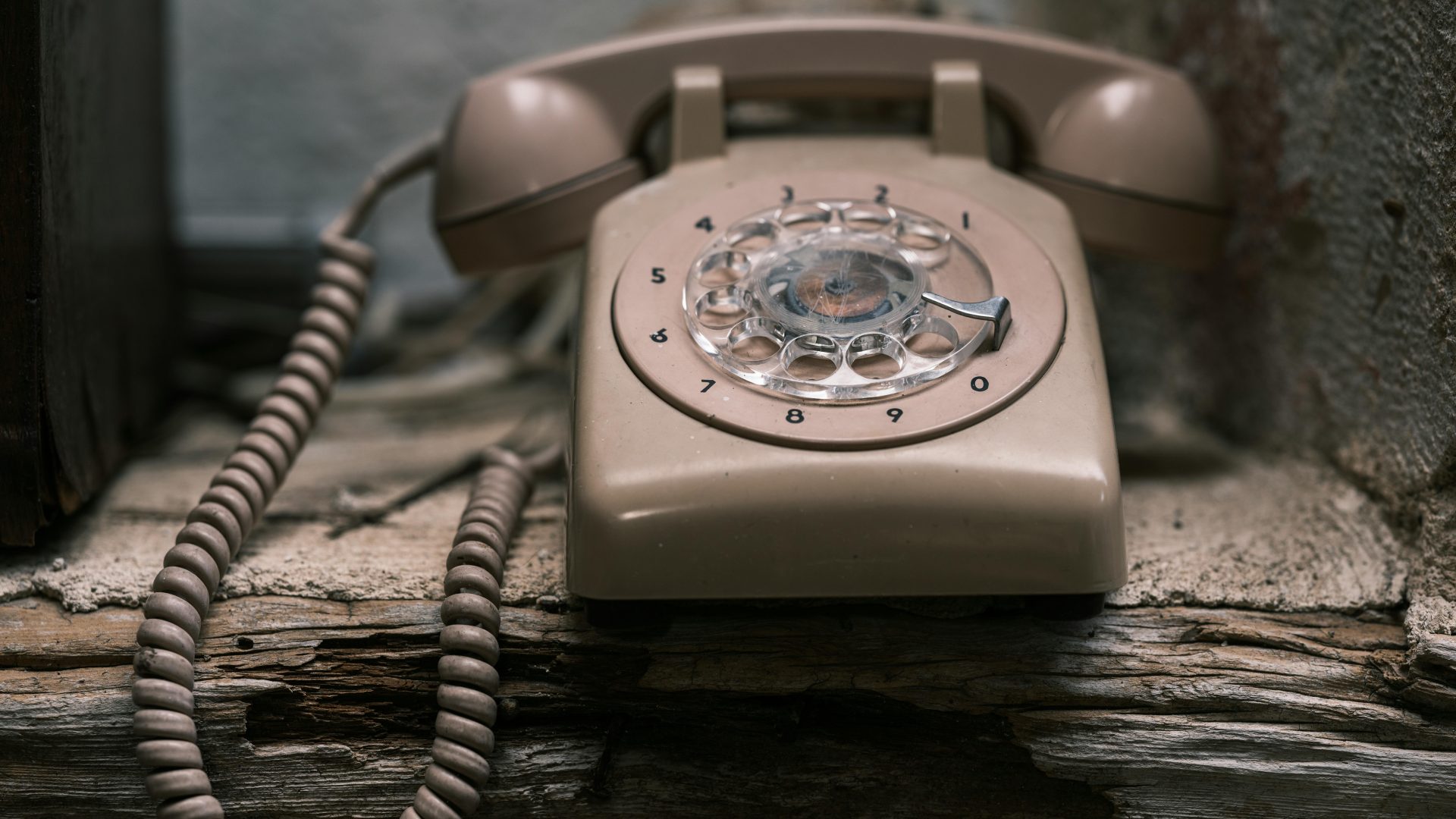The Occult Nature of UFOs, Part Four: The Magi of the Ultraterrestrials
Magi (noun)
The plural form of Magus:
- A member of an ancient priestly class found among the Medes and Persians
- A magician or sorcerer (Merriam-Webster)
Sex and Saucers
In 1945, Jack Parsons, a trailblazer in American rocketry and co-founder of the Jet Propulsion Laboratory, embarked on a series of occult rituals aimed at summoning the Thelemic goddess “Babalon.” As a follower of “Thelema,” the spiritual framework established by renowned British occultist Aleister Crowley, Parsons created a sort of magical commune at his Pasadena home. There, like-minded individuals gathered to live, collaborate, and engage in various rituals, including forms of sex magic. Among these seekers was science fiction writer and future founder of Scientology, L. Ron Hubbard. Of Hubbard, Parsons noted,
“…he has an extraordinary amount of experience and understanding in the field. From his experiences, I deduce he is in direct touch with some higher intelligence, possibly his guardian angel.”
The two quickly formed a friendship and became partners in evoking Babalon, with Parsons aiming to infuse the spirit of sexual love into a ravaged world.
Kenneth Grant, another disciple of Crowley, observed that “the working began in 1945-46, just months prior to Crowley’s death in 1947 and just before the wave of unexplained aerial phenomena known as the ‘Great Flying Saucer Flap’… Parsons opened a door, and something flew in.”
While the notion that Parsons was a catalyst for UFOs is absurd, it’s intriguing to consider whether the rituals conducted in the Mojave Desert coincided with an uptick in UFO activity in the area.
An intriguing thread links sexuality to UFO encounters. Numerous reports exist of individuals engaged in intimate acts who subsequently experienced sightings and anomalous encounters. UFO researcher John Keel documented various such incidents, particularly among couples parked in “lovers’ lanes” who reported strange lights, objects, and beings.
Moreover, both contactees and abductees have described experiences that feature medical procedures with sexual implications, as well as interactions—both voluntary and coerced—with non-human entities.
One notable account comes from Antonio Vilas Boas, who was forcibly taken aboard an unusual craft that landed on his family’s farm in Brazil in 1957:
The Succubus
Boas recalls being left alone for about an hour on a large, featureless gray bed that resembled foam rubber. After a brief feeling of suffocation, he vomited but felt better afterward. Suddenly, a door opened, and a naked woman entered!
Approaching him in silence, she seemed to have an agenda. “I began to get excited… I forgot everything and held her close, reciprocating her advances.” They reportedly engaged in various sexual acts for about an hour. Afterward, she pointed at her belly and then to the sky as she departed, indicating a desire for progeny.
(Excerpted from an article by Terry Melanson)
What other “magical” elements can we uncover in accounts of UFO and related phenomena?
Prophecies From Lanulos
On November 2, 1966, a sewing machine salesman, Woodrow Derenberger, had a bizarre encounter while driving on Interstate 77 near Parkersburg, West Virginia. A strange object swiftly approached his vehicle, hovering just above the road and halting in front of him. He described it as charcoal gray, reminiscent of an upside-down kerosene lamp.
As he observed the craft, a door opened, and a man exited. Derenberger characterized the stranger as being about 6 feet tall, with a tan complexion and dark hair, dressed in a shimmery navy suit beneath a

This post presents a fascinating intersection of the occult, UFO phenomena, and historical narrative. The exploration of Jack Parsons’ rituals, the sexual undertones in many UFO encounters, and the connections to historical events like the curse associated with Chief Cornstalk all weave together a rich tapestry of human experience that raises profound questions about the nature of reality and consciousness.
The idea that Parsons’ rituals could have somehow influenced UFO sightings—even if only coincidentally—challenges our understanding of causality and suggests a broader, perhaps metaphysical framework. This echoes the notion that consciousness itself may play a role in shaping our experiences and perceptions of the unknown. The sexual element in various abduction narratives also seems significant, hinting at deeper psychological archetypes and fears that resonate through human history. These encounters, particularly in the context of “lovers’ lanes,” underscore the intersection of intimacy, vulnerability, and the uncanny in our journey to comprehend the inexplicable.
Moreover, the story of Woodrow Derenberger and Indrid Cold raises questions about communication with other intelligences and what “contact” means on both a personal and collective level. The predictive nature of Cold’s messages adds a haunting dimension to UFO lore, connecting it to broader themes of prophecy and warning present in human cultures for centuries.
As for the Mothman, the potential link to Native American spirits or curses resonates deeply with the idea of place and memory influencing paranormal phenomena. This connection to historical trauma and disaster suggests that perhaps the manifestations we see are not just random occurrences but deeply tied to the collective psyche of a location.
Your inquiry into whether our everyday lives could be infused with elements of ritual magic is compelling. It prompts introspection about the ways we interact with the world—consciously or unconsciously engaging in practices that reflect our beliefs, fears, and desires. This could be a call to become more aware of the potential “magic” in our lives, particularly in how we approach phenomena that defy easy explanation.
In conclusion, this exploration opens up a multitude of pathways for thought and inquiry. It blurs the lines between science, spirituality, and myth, encouraging a more holistic understanding of our interactions with the mysterious. Whether one views UFOs as purely technological, psychological, or something beyond our current understanding, the depth of these connections challenges us to reflect on our roles within the broader fabric of existence.